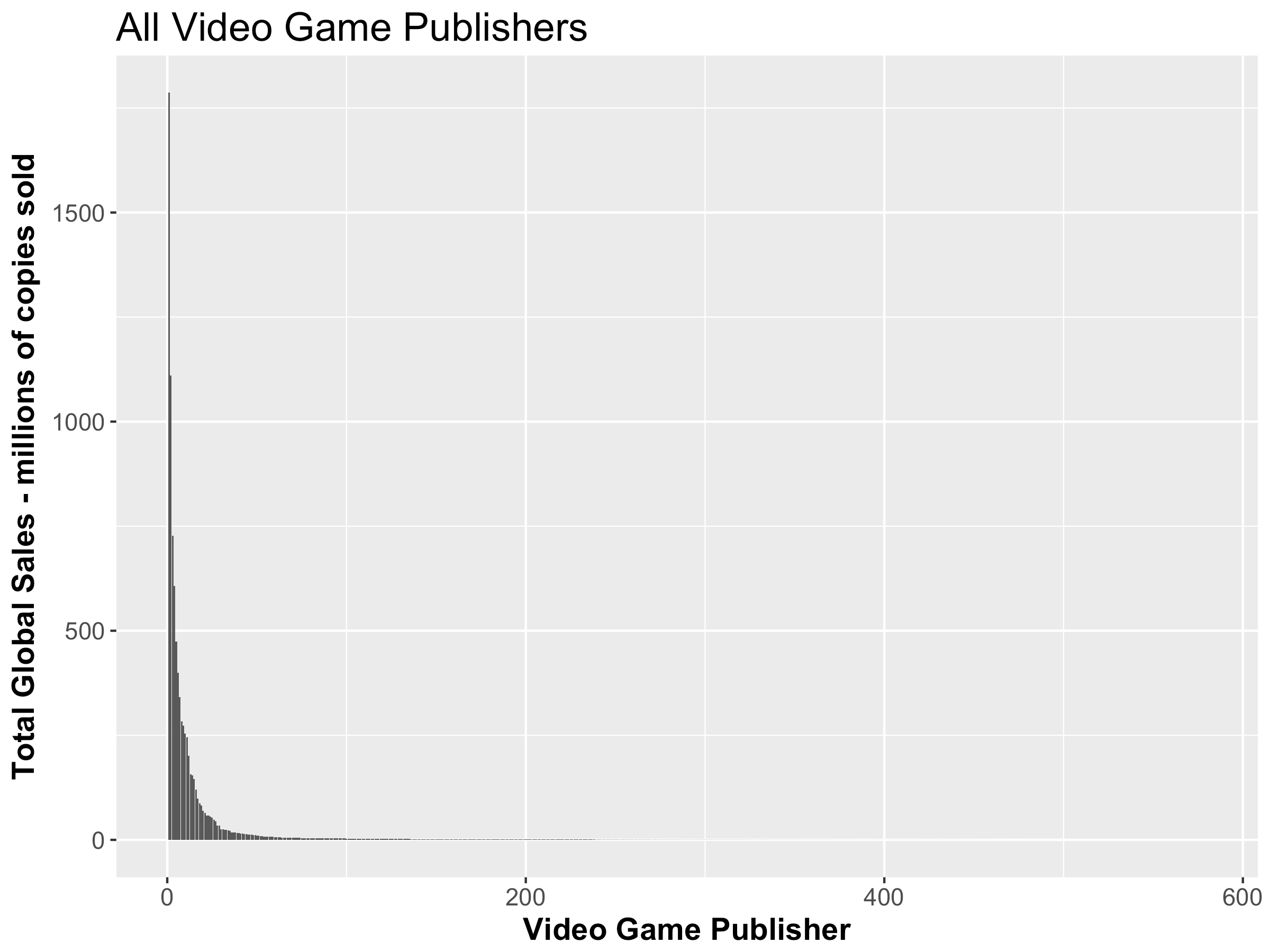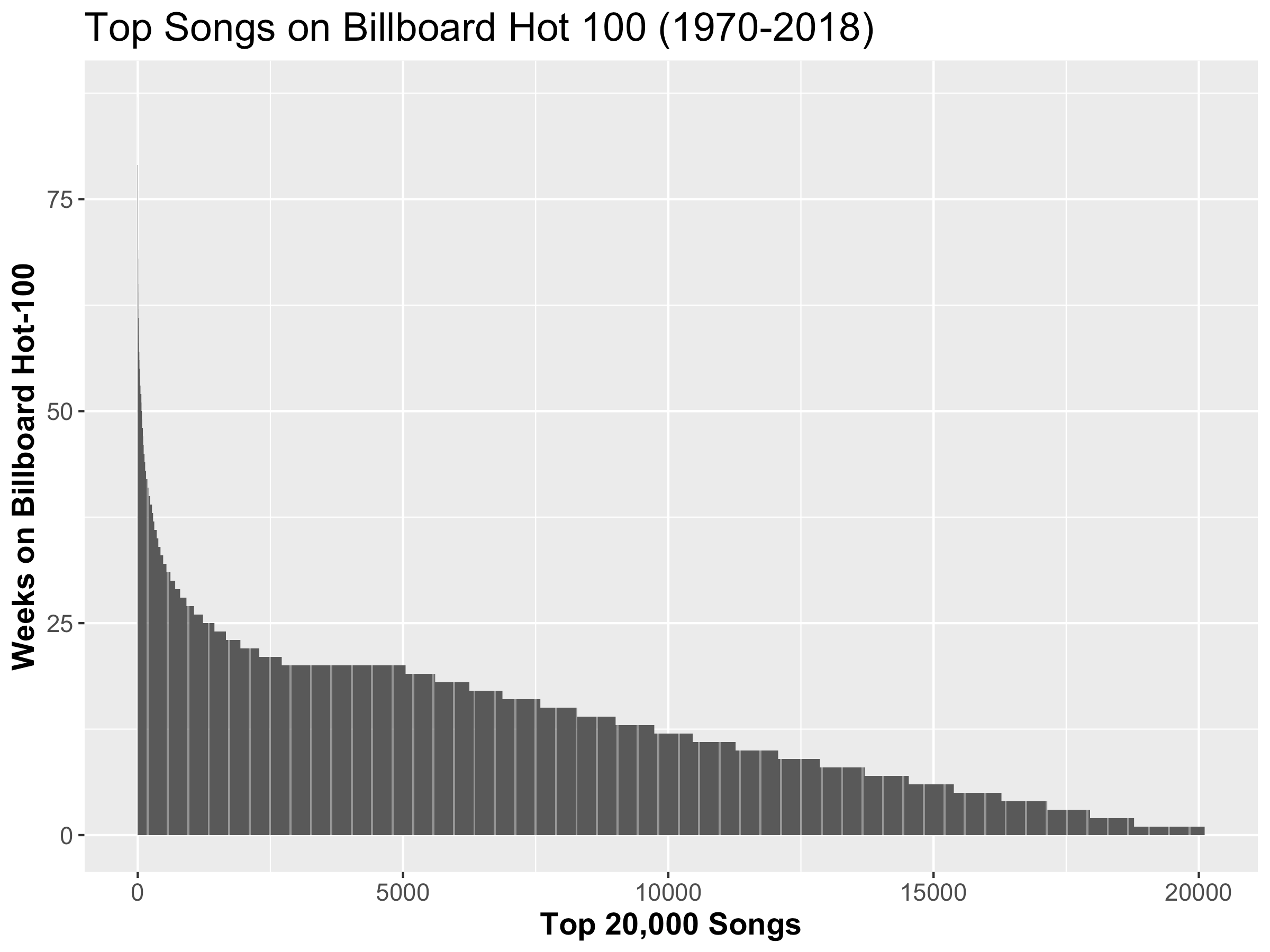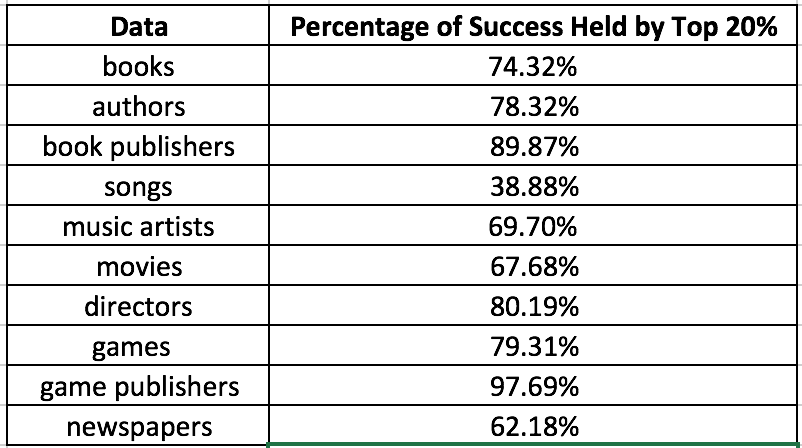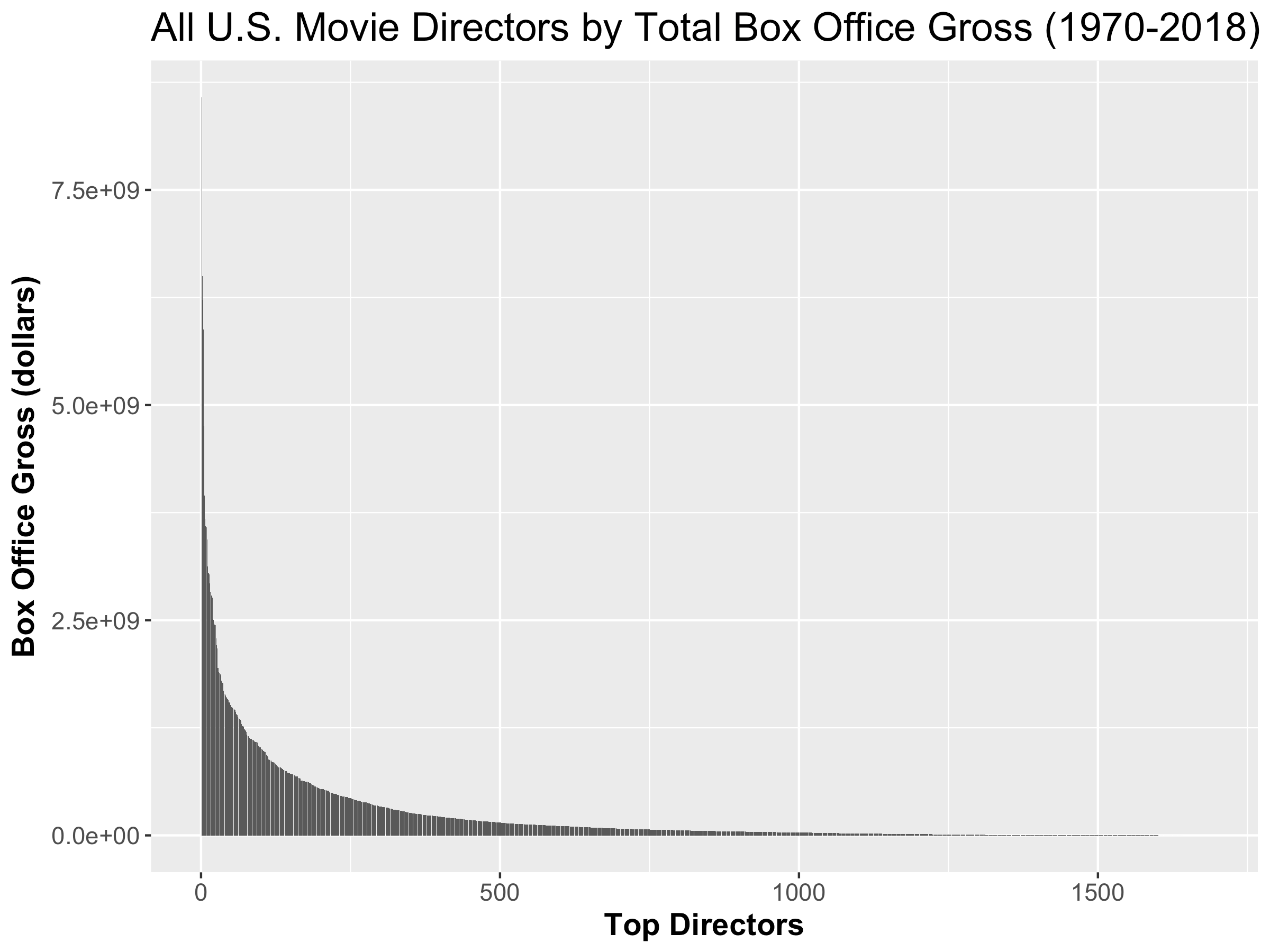The vervet monkey, upon encountering a predator, will scream to warn it’s neighbors that danger is nearby, at the cost of attracting more dangerous attention to itself. At first glance, it would seem that natural selection should have wiped out the screaming monkeys from the gene pool. After all, If the monkey remains silent and concentrates on getting itself to safety, it lives on and can spread it’s genes, which it cannot do if it is mauled by the predator. The opposite is the case however, and these monkeys cooperate and work together to survive, why?
Vampire bats also act in a way that at first seems counter-intuitive: the bat can share some of its food with members that were unsuccessful in finding any. This can be modeled in a similar way as the prisoner’s dilemma:

While it makes sense to not warn other members of the species or not share food playing a single game, when you play the same game multiple times the dominant strategy can change.
In the 1970’s, Robert Axelrod, a political scientist, held a tournament which consisted of a fixed number N iterations of the prisoner’s dilemma. Contestants would submit their algorithm that would be a “player”, and at each step the algorithm could only make 1 of 2 choices. The algorithm would have access to previous moves made (a memory), and the goal is to get the highest payoff. The format of the tournament was round-robin, so every player played against each other. The winning algorithm was the simplest one, called tit-for-tat, which consisted of mimicking whatever the opponent did on the previous step. This means that if the opponent decides to be greedy, on the next iteration the player would also be greedy, and if the opponent cooperates, then on the next iteration the player cooperates too. This was the best strategy to ensure the largest payoff.
Perhaps now it is not so difficult to see why members of some species choose to cooperate. If each animal considers each game as a single instance, then they will always choose the greedy approach and end up with a smaller overall payoff. However, by remembering and copying what the others do, cooperation is followed with more cooperation, and the entire species enjoys a higher payoff.
https://www.quantamagazine.org/game-theory-explains-how-cooperation-evolved-20150212/




